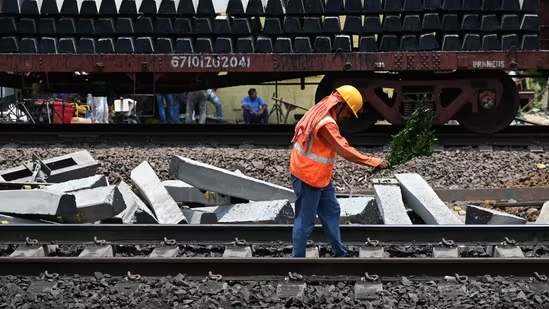An investigation into the rail crash in India on June 2nd is focusing on the possibility of a manual bypass of the automated signalling system. Sources from Indian Railways have revealed that railway workers may have bypassed the system to overcome issues caused by a malfunctioning barrier at a rail-road intersection. This bypass is believed to have resulted in a collision between a packed express train and a stationary freight train, leading to numerous fatalities and injuries.
The Commission of Railway Safety (CRS) is conducting the investigation, but they have not yet commented on the matter. The incident has raised concerns about railway safety in India, especially as the country is investing billions of dollars in transforming its rail network. The malfunctioning barrier at the railway crossing has been reported by residents of Bahanaga village, who stated that it had been faulty for nearly three months and required frequent repairs. It is alleged that when the barrier was stuck in the closed position, railway workers manually opened it. The signaling system was possibly bypassed in order to allow trains to pass the rail-road crossing. While the railway authorities have not confirmed these suspicions, one source suggests that the system was manually changed, requiring tampering with the software.

The investigation is yet to determine whether this intervention was intentional, a mistake, or related to ongoing work near the signal. The crash has raised concerns about the level of attention given to safety in India's rail network, despite claims from the government that safety indicators have improved and sufficient funds have been allocated. The crash occurred when the Coromandel Express, traveling from Kolkata to Chennai, entered a side track and collided with a stationary freight train. The express train derailed and hit another train on a parallel track, resulting in a significant wreckage.
Two days after the crash, a Railway Board member mentioned that the electronic signaling system, known as the "interlocking system," may have directed the Coromandel Express onto the wrong track by giving it a green signal. However, the CRS investigation now suggests that the system was compromised by workers attempting to find a solution to the malfunctioning barrier. The specific details regarding the supplier of the interlocking system and its fail-safe nature could not be independently verified by Reuters.